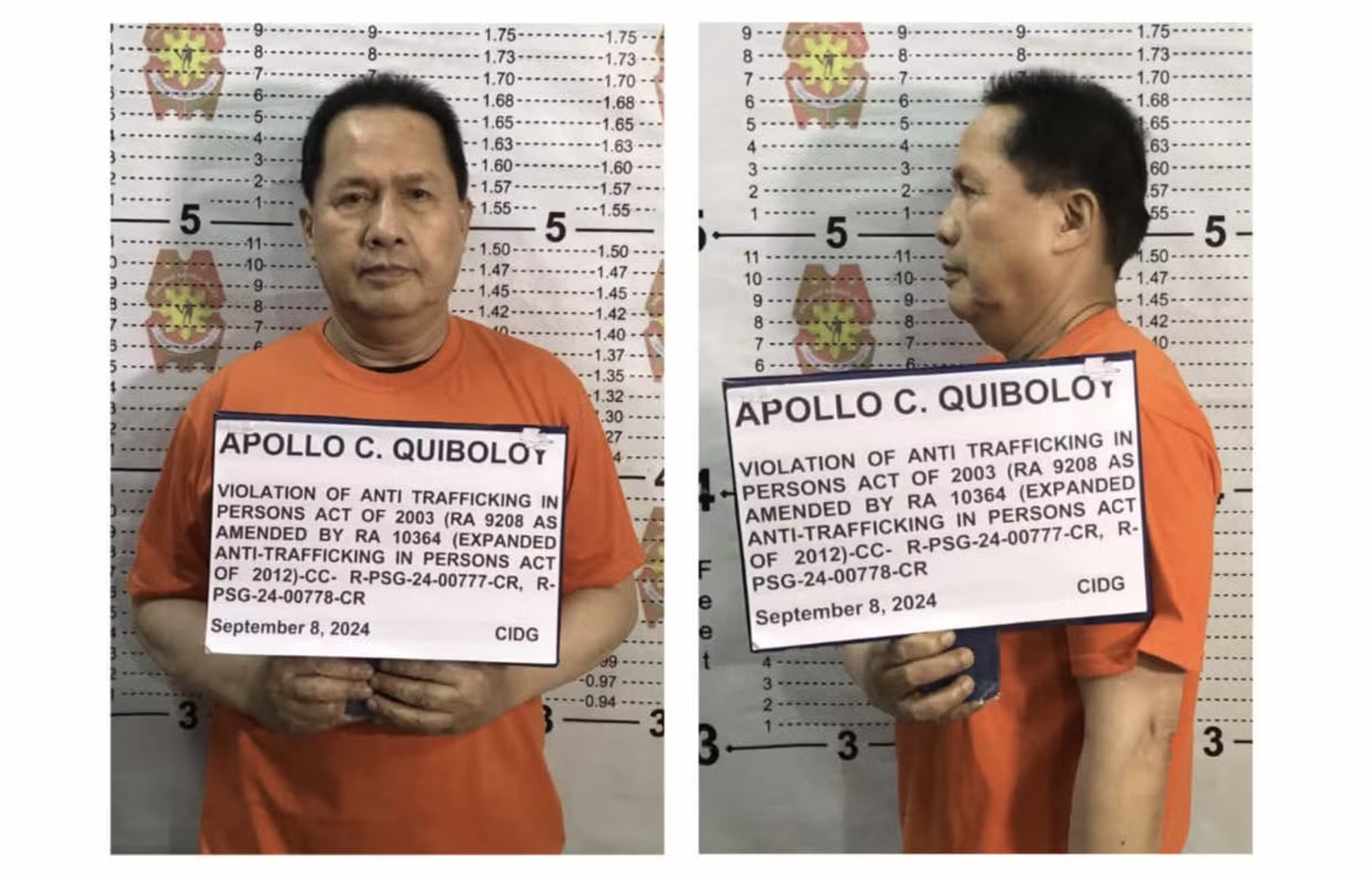In the first place, what is an Active Shooter and how does it differ from an armed suspect or an alarm for shots fired incident? Where did this originate and how come such an event or incident is labelled as such?
Before there was an ‘active shooter response,’ there already existed incidents wherein the police was called in for a shooting incident, sighting of an armed person, or an armed robbery that required police response. These incidents were responded to according to accepted police tactics of the day. The police response was to get to the scene, ascertain the situation, and establish containment, with the ultimate goal of resolving the problem peacefully.
In the event that the situation is unattainable by the first responding officer(s) and is deemed by the on-scene primary officer as requiring a tactical solution, he or she then advises the watch commander of the requirement of a tactical team. This is normally called a ‘tactical call-out’ and the team of either SWAT, SRU, ERT, or whatever that agency or department calls their tactical team, is gathered together and sent to the scene.
In the meantime, the first responder and his cover officer, establish a perimeter, evacuate those people in the immediate affected area, and contain the scene.
This type of response, wherein a tactical team is called to resolve a situation such as a barricaded armed suspect or hostage situation was refined by the Los Angeles Police Department from their experience with dealing with heavily armed suspects in the SLA (Symbionese Liberation Army) and Black Panther era. In the late 60s and early 70s, police agencies in the US did not have tactical teams to deal with heavily armed crime groups but police departments then were heavily populated by Vietnam veterans who were familiar with heavy weaponry and the tactical use of such, thus the evolution of SWAT in LAPD.
In the shooting incident in Columbine, Colorado, the first responders exercised the tactics that they had been trained for and established containment while trying to ascertain the situation. They had elevated the incident to a ‘tactical call-out,’ as the criminals continued to fire shots at victims in the school. This was a highly emotionally charged incident, causing the public to question police response without considering (nor having a background of) police tactics.
Due mainly to this incident and to similar school shootings around the United States, an ‘Active Shooter’ was defined. An ‘Active Shooter’ is a suspect that continuously shoots victims when the first responder arrives. The doctrine now calls for the first arriving officer, in an active shooter incident, to make immediate entry, be it alone or with his cover officer. The officer is to make entry and head for the location of the suspect or suspects, basically guided by the sound of the gunfire to engage the suspect(s) and eliminate the threat. The officer(s) are not to provide triage nor first aid, but head for the suspect.
Several things need to be considered when deciding to execute ‘active shooter response.’ Based on experience, survivability by the first officer making entry alone or with a cover officer, against a determined shooter, like that at Fort Hood, Oklahoma, is slim to none. The other considerations one needs to think about are: Does anyone else know of the incident and what is actually happening? Do you have a centralized command and communications system? Have we advised other units to respond and assist in containment of the situation? Is the officer making entry knowledgeable of the area inside and the number of suspects and their capability? There are many more things to consider, especially if your agency has no prior set response procedures to crimes in progress or high-risk incidents.
Again, there are Active Shooter Response guides and videos out there, but remember, these are all written and produced by Western setting security people. I have said this before, beware of adapting directly those Western-formulated security solutions as they normally take it as a given that every facility already has sound security infrastructure, such as video surveillance, alarms, mass notification systems, etc. They also have fully functional public safety agencies available, which security departments can rely on.
Finally, are you confident enough to have your “blue guard” start engaging an active shooter inside the mall, where your family may be present?
*Bingen Mendezona is a Security Executive with almost 10 years experience in the private security industry. He used to work in the government sector as a law enforcement officer in California for a considerably large Sheriff’s department in the San Francisco Bay Area, with extensive experience in patrol operations. Prior to joining the law enforcement, he used to work in Fire Suppression industry in the San Francisco area. He took up B.S. in Industrial Engineering.





